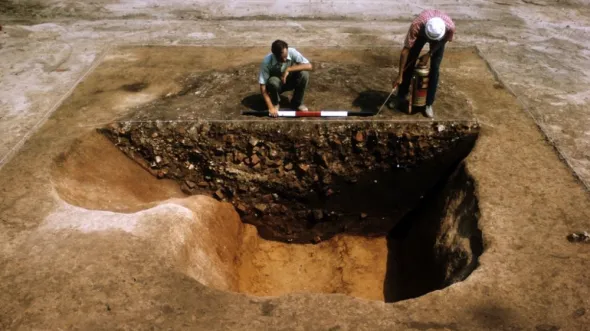About the Exhibition: Uncommon Strength: An Archaeological View of Resilience introduces artifacts from different cultural groups that were found in one common site to illustrate how different groups of people create unique artifacts; objects from the combined activity spaces between enslavers and the enslaved, demonstrating how enslaved people asserted their identities while under the watchful gaze of enslavers; and objects presented from a Black cultural context that illustrates how enslaved people expressed their collective and individual lives. Uncommon Strength challenges the standard narrative that limits Black history to the institution of slavery and offers a new perspective that suggests that this history begins with the thoughts and actions of enslaved people — not their captors.
Highlights: Cowrie moneta, a variety used as international currency across Europe, African, Asia, and the Americas; a brick produced locally by enslaved craftsmen before the Civil War; teapot acquired through combined purchasing power and reflecting hard-won privileges earned by enslaved residents; and spoons recovered from structures inhabited by enslaved Virginians in James City County, 1700-1790 – no two spoons have the same design and each design is an expression of individual identity that may have African origins.
Support: This exhibition was developed in partnership with the Virginia Department of Historic Resources.





